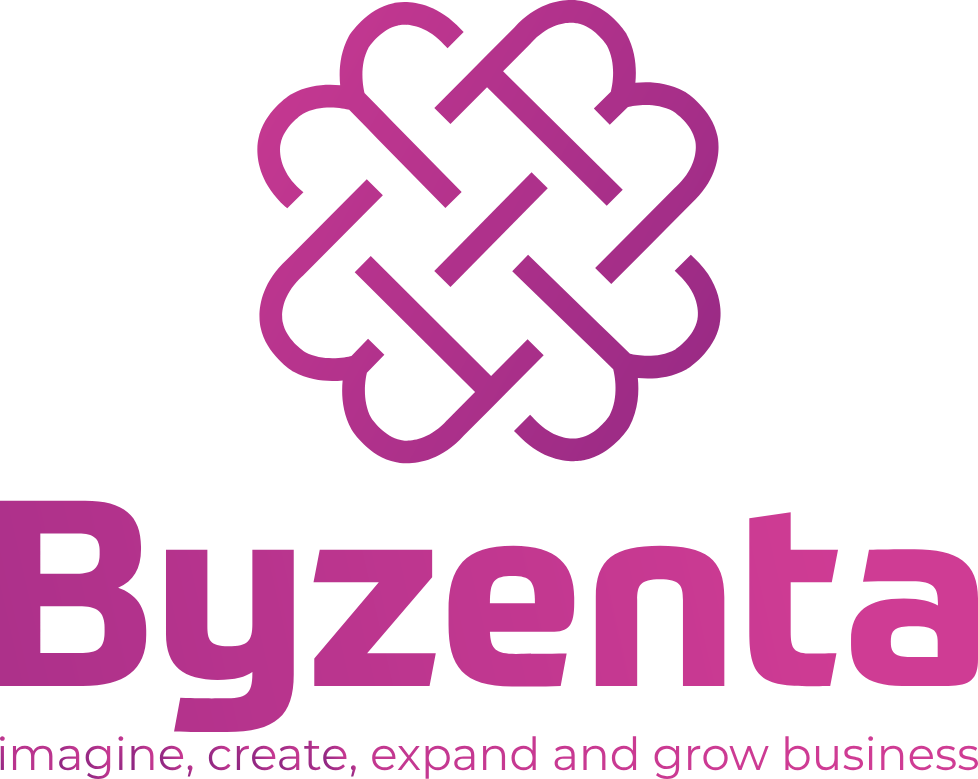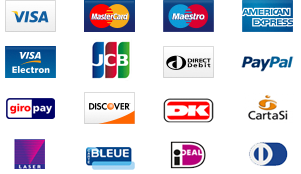Exploring the Intersection of Graphic Design & SEO in a Comprehensive Guide
In today’s digital world, graphic design and SEO are crucial for a website’s success. While design attracts visitors, SEO ensures they find it. This guide explores how combining effective design with SEO strategies can boost both user engagement and search engine rankings. Introduction In today’s digital landscape, the synergy between graphic design & SEO is more critical than ever. Graphic design focuses on creating visually compelling content, while SEO ensures that content is visible to search engines and, ultimately, to your target audience. Mastering the interplay between graphic design & SEO can significantly enhance your online presence, driving more traffic and better engagement. This comprehensive guide will explore the essential relationship between graphic design & SEO and provide actionable strategies to optimize both for your business’s success. The Role of Graphic Design in Digital Marketing Why Is Graphic Design Important? Graphic design & SEO are two pillars of effective digital marketing. Graphic design is not just about making things look good; it’s about effective communication. The visuals you select for your website, social media, and other digital platforms are often the first elements users encounter. A well-executed graphic design & SEO strategy ensures that your website is not only attractive but also functional and discoverable, creating a strong first impression and engaging your audience. The Impact of Visual Content on User Experience User experience (UX) is crucial in digital marketing, and visual content plays a key role in enhancing UX. A seamless integration of graphic design & SEO ensures that your website is visually appealing and easy to navigate. When users find your website engaging and user-friendly, they are more likely to spend more time on it, explore further, and convert into customers—all of which contribute to better SEO performance. Understanding SEO: The Basics What Is SEO? SEO, or Search Engine Optimization, is the practice of optimizing your website and content to rank higher on search engine results pages (SERPs). The primary goal of SEO is to increase your website’s visibility and drive more organic traffic. When combined with graphic design, SEO becomes a powerful tool for creating content that is both visually appealing and search engine optimized. Key Elements of SEO SEO involves several key components, such as keyword research, on-page optimization, content creation, and link building. Each of these elements plays a vital role in improving your website’s ranking on search engines. Integrating graphic design & SEO ensures that your content not only looks good but also performs well in search engine rankings. How Graphic Design Affects SEO Site Speed and Image Optimization Site speed is a critical factor in both graphic design & SEO. Slow-loading websites can lead to poor user experience, higher bounce rates, and lower search engine rankings. Unoptimized images are often the main culprit behind slow site speeds. By focusing on graphic design & SEO, specifically by optimizing images—reducing file sizes without sacrificing quality—you can improve your site’s load times and overall SEO performance. Mobile Responsiveness Mobile responsiveness is another crucial aspect where graphic design & SEO intersect. With the growing number of users accessing websites from mobile devices, it’s essential that your website is designed to be mobile-friendly. A mobile-responsive design, a key component of graphic design & SEO, ensures that your site functions well and looks great on all devices, which is vital for both user experience and search engine rankings. Alt Text and Accessibility Alt text is an important element in the integration of graphic design & SEO. Alt text describes the content of images on your webpage, helping visually impaired users understand the images. In terms of SEO, search engines use alt text to understand the context of images, which can improve your website’s visibility in search results. By incorporating relevant keywords into your alt text, you can enhance both accessibility and SEO. Visual Hierarchy and Content Structure A well-structured visual design enhances the effectiveness of your content, and this is where graphic design & SEO come together. Visual hierarchy, which involves the strategic use of size, color, contrast, and spacing, guides users through your content in a logical and engaging way. This not only improves user experience but also makes it easier for search engines to crawl and index your content, which is beneficial for SEO. Balancing Aesthetics and SEO Designing for Humans and Search Engines Balancing aesthetics with SEO is essential for a successful digital marketing strategy. Graphic design & SEO must work in harmony to create a website that is both visually appealing and optimized for search engines. This means implementing SEO best practices—such as keyword optimization, proper heading structures, and meta tags—without compromising the quality of your design. By integrating graphic design & SEO, you can achieve a site that is both beautiful and functional. The Role of Content in Graphic Design In the world of graphic design & SEO, content is king. The presentation of content—through typography, color schemes, and layout—can significantly impact both user engagement and SEO performance. Designers and SEO specialists must collaborate closely to ensure that content is not only visually appealing but also optimized for search engines, enhancing the overall effectiveness of your digital marketing efforts. Practical Tips for Integrating Graphic Design & SEO Optimize Images for Web Use Image optimization is a critical part of graphic design & SEO. Before uploading images to your website, ensure they are optimized for web use. This includes compressing file sizes, using appropriate file formats (such as JPEG for photos and PNG for graphics), and adding descriptive alt text with relevant keywords. Tools like Adobe Photoshop, TinyPNG, and ImageOptim can help streamline this process, ensuring that your graphic design & SEO efforts are effective. Use Responsive Design Principles Responsive design is fundamental to the success of your graphic design & SEO strategy. Ensure your website is designed with mobile users in mind, incorporating a flexible grid layout, scalable images, and media queries in your CSS to adjust the design based on screen size. This approach to graphic design & SEO ensures that your



